Here are a couple of Central Oregon summer events that our wildlife Olympians have been preparing for.
First up, speed! Which animal in Central Oregon is the fastest? It’s a difficult question to answer. Are we assessing speed over a long distance or sprinting? Considering all of these factors, here are our medalists for speed.
In third, winning the bronze, is the steelhead trout. Commonly confused with salmon, these incredible fish are born in gravel-bottomed, fast-flowing, well-oxygenated rivers and streams and can reach burst speeds of up to 26 feet per second.
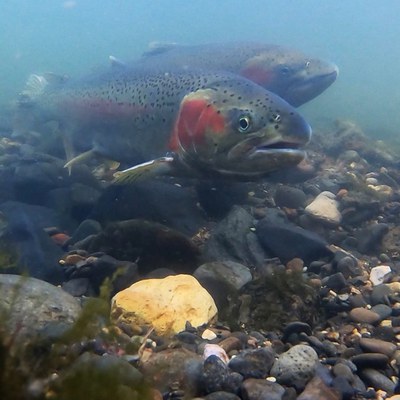
In second, winning silver, is the rufous hummingbird. Small but mighty, these small birds exhibit amazing speed over short and long distances! Migrating annually from southern Alaska to Mexico, these birds have been known to routinely hit 25 miles per hour, with some birds clocking 50 miles per hour during courtship displays!
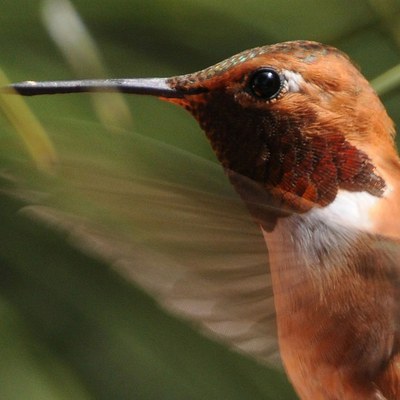
Finally, winning gold is the pronghorn antelope. These amazing mammals are the fastest in North America and second fastest mammal in the world! These animals can run at speeds of 60 miles per hour and migrate around 300 miles annually.
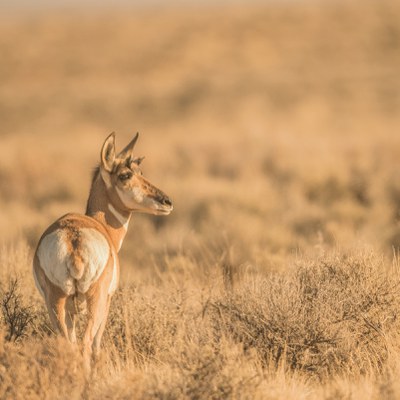
Our next event is swimming! Which animal in Central Oregon is the most adept swimmer? With aquatic habitats like rivers and lakes, there are so many animals to choose from. These are our medalists for swimming.
Winning the bronze is the common merganser. These birds are adept at diving for their food in all sorts of water habitats and can often be found playing in whitewater.
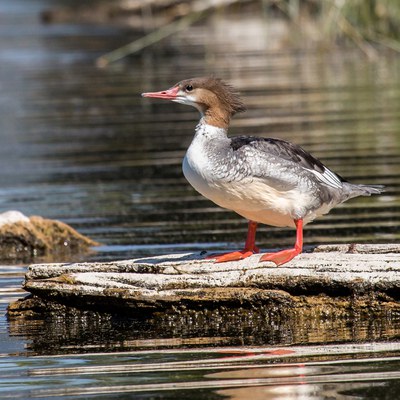
In second, taking the silver medal, is the river otter. These members of the weasel family are excellent swimmers, with some male otters traveling over 150 miles each year.
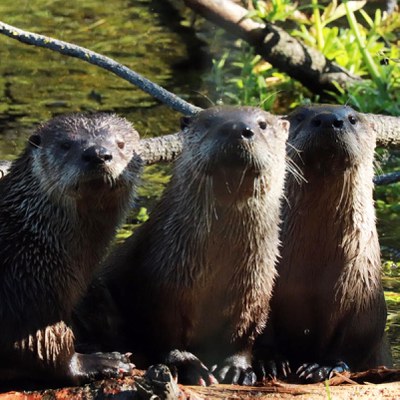
Our winner and gold medalist in swimming is the Chinook salmon! Chinook salmon are the largest Pacific salmon species and grow three to five feet long and can weigh up to 110 pounds. Chinook are anadromous, which means they are born in freshwater and travel to the open ocean to grow before returning to freshwater to spawn.
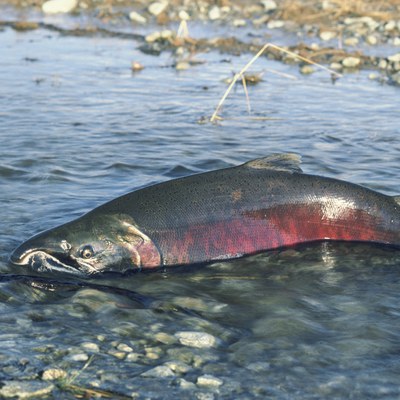
Now for our last event—strength! Which animal in Central Oregon can bench the most weight? Here are our medalists.
In third, winning the bronze, is the black bear. These large mammals have been known to venture into shared spaces with humans looking for an easy meal (think Yogi Bear). In their attempts for a quick dinner, they have been known to break into cars, tear open trash cans, and many other creative feats of strength.
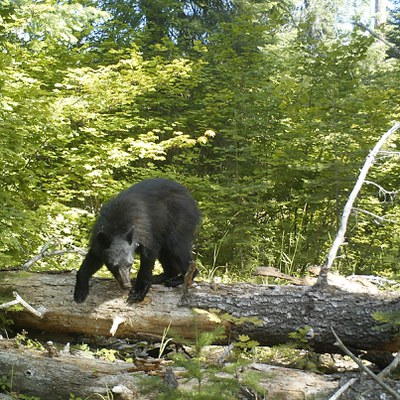
Securing silver is the pileated woodpecker. These striking birds are known for, you guessed it, pecking wood with their beaks in search of food. Their highly adapted anatomy allows them to hammer away at wood with their beaks while experiencing forces of 1,200 to 1,400 g’s—about 14 times more g-force than what it takes for a human to get a concussion—unscathed.
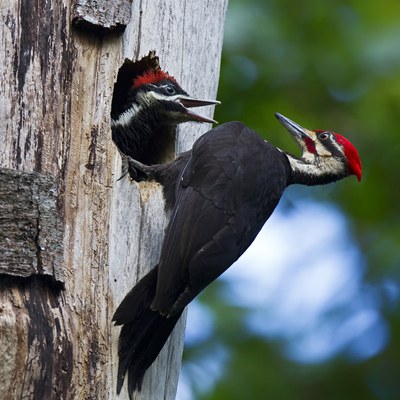
And finally, winning the gold medal in strength, is the Rocky Mountain elk. Besides being large and in charge, elk's strength is really displayed during rut, or mating season. Male (also known as bull) elk aggressively defend their harem of female elks (also known as cows) from other bull elk. These altercations between bull elks involve both males interlocking and ramming antlers together, until one concedes. However, they’ve also been known to fight to the death.
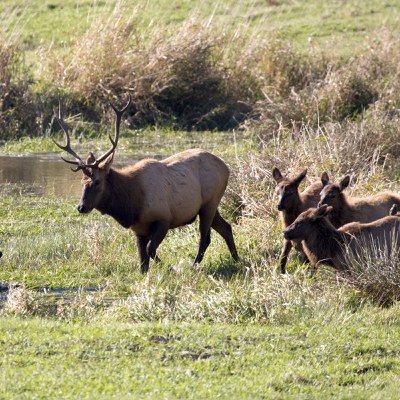
That concludes our Central Oregon Summer Games! Congratulations to all of our Olympians for their exemplary performances. The wildlife in Central Oregon are masters of their respective crafts and can teach us a lot about thriving in the high desert, alpine, and forest environments.
Learn more:
Sources:


